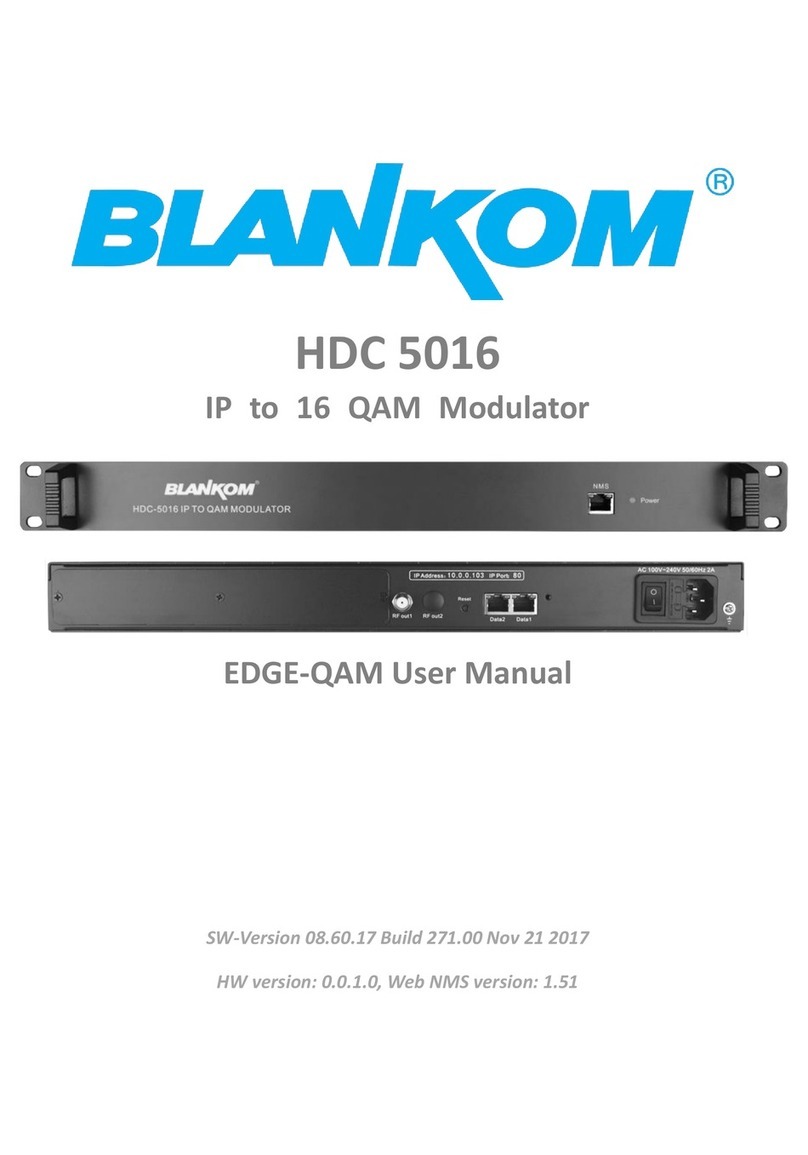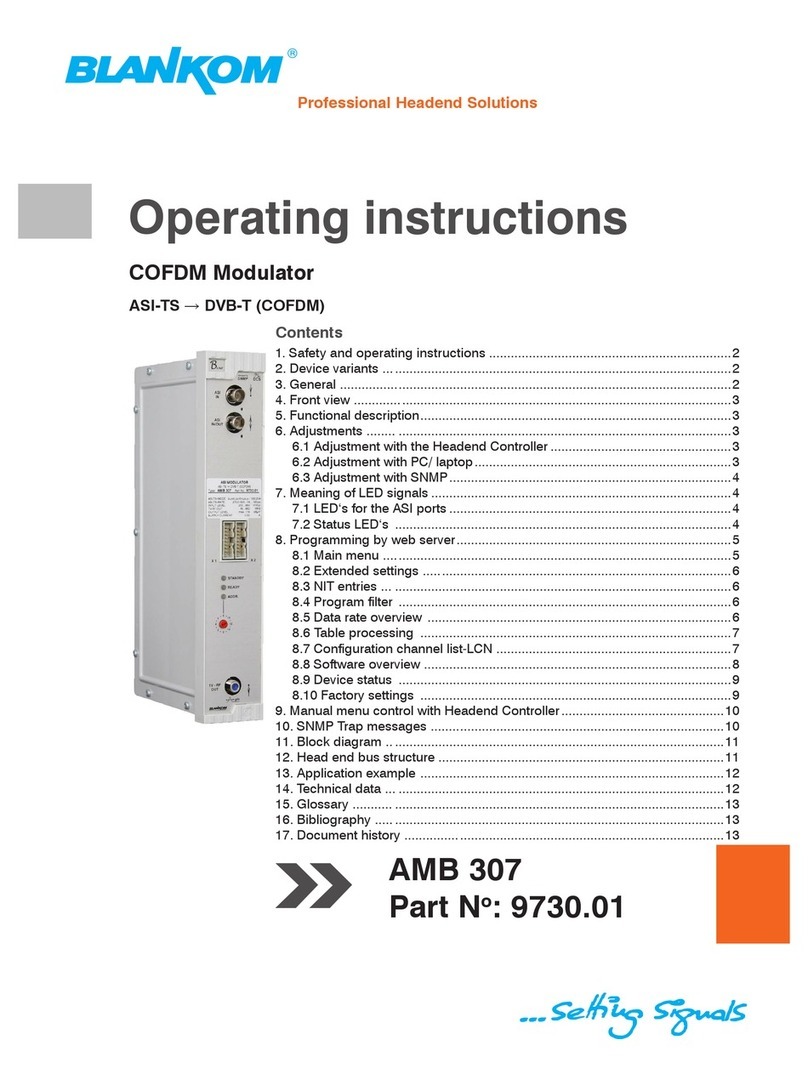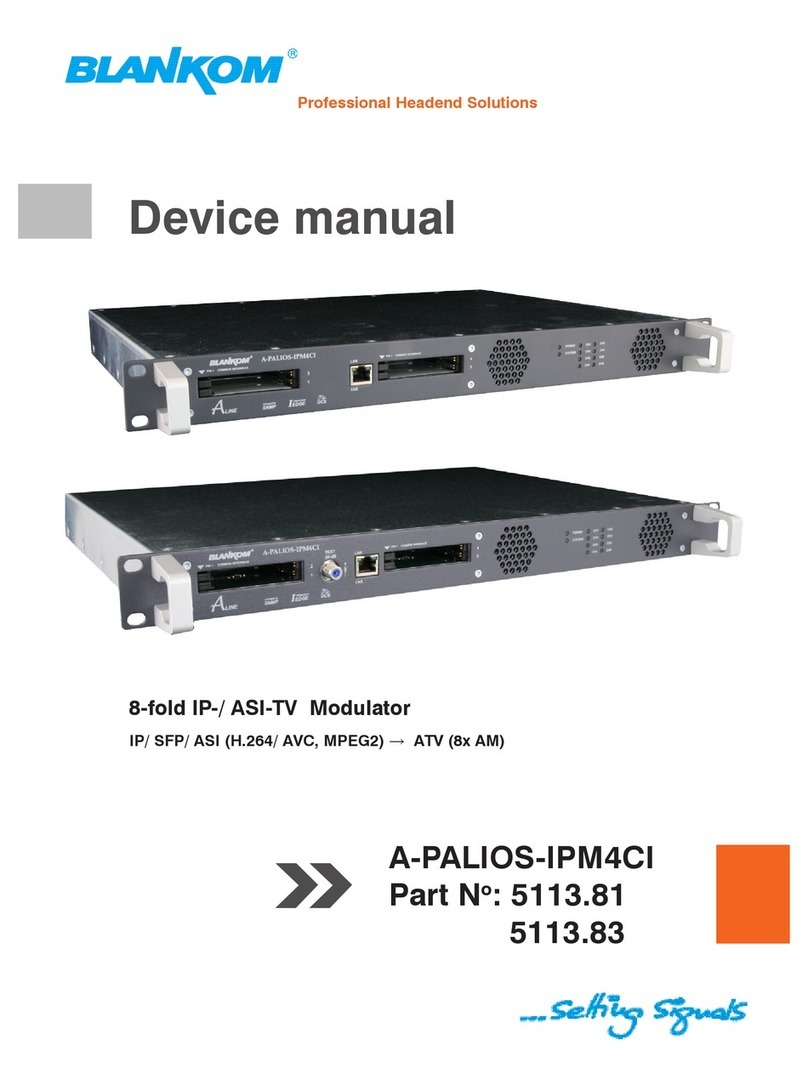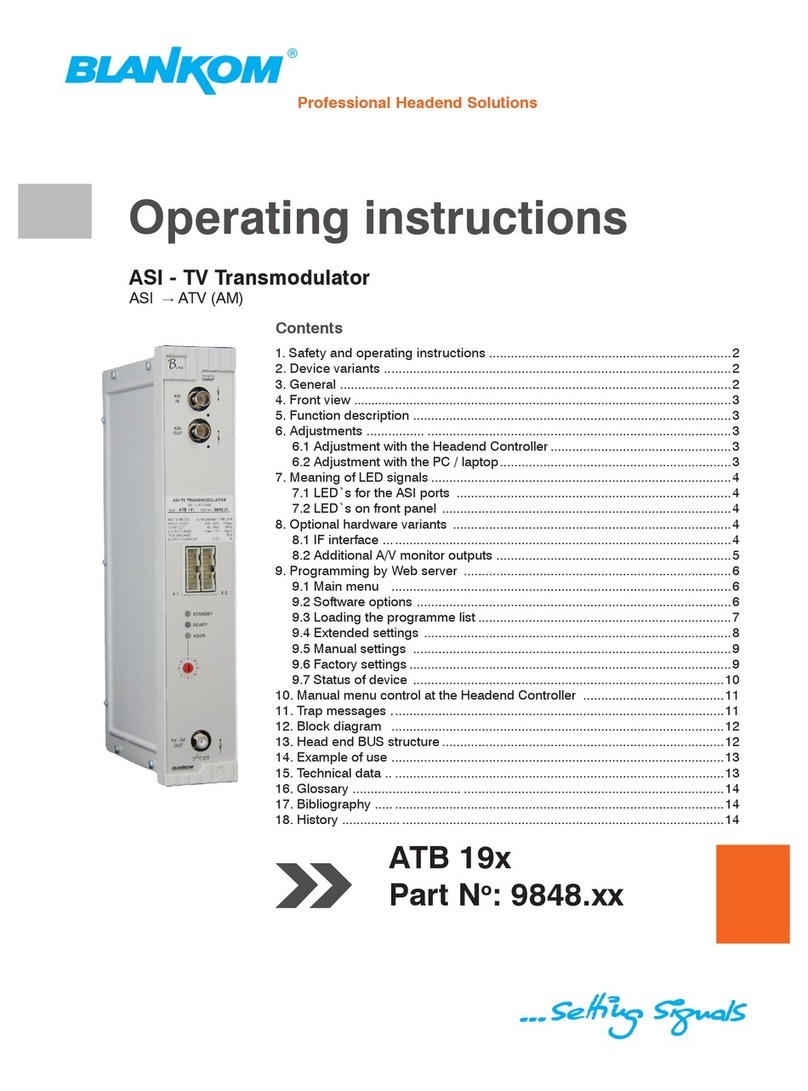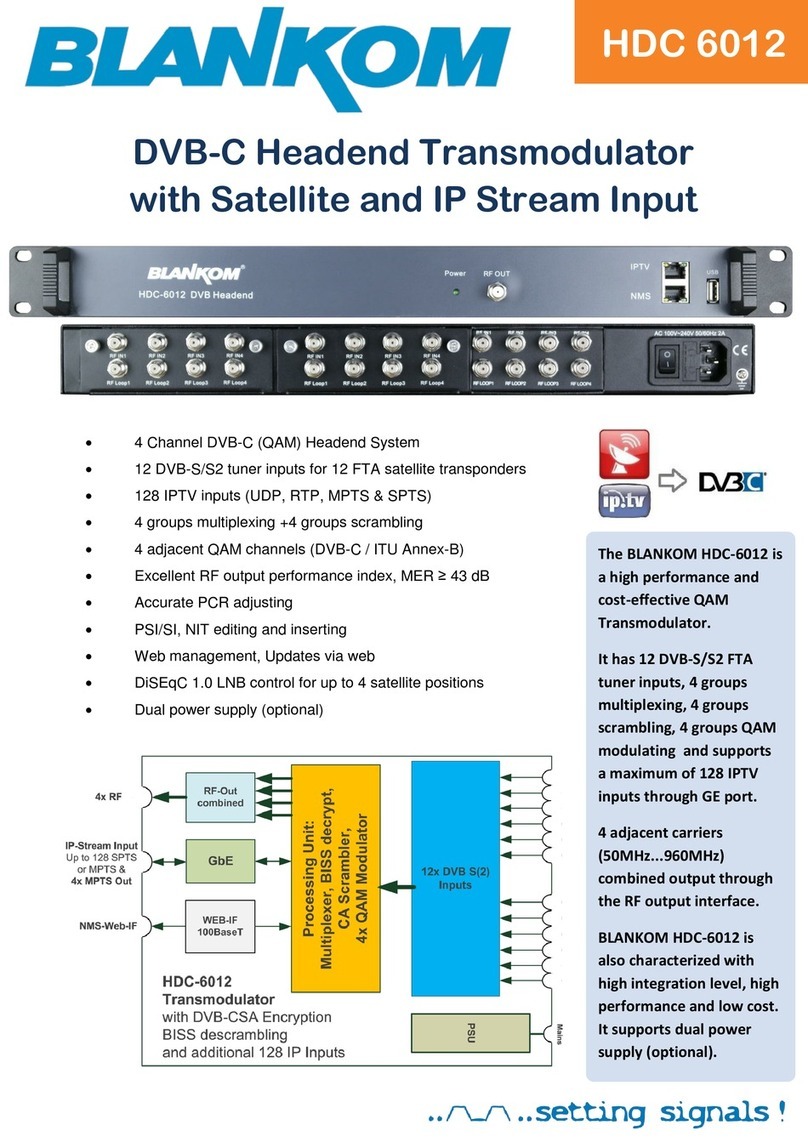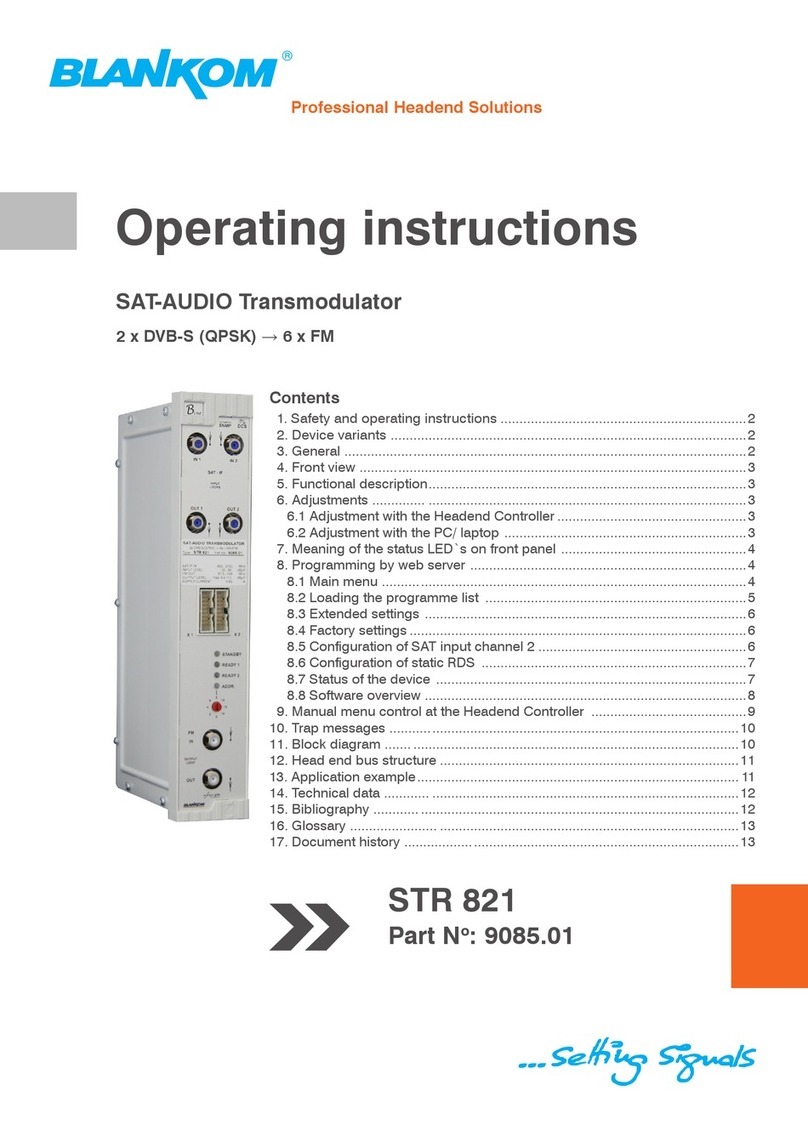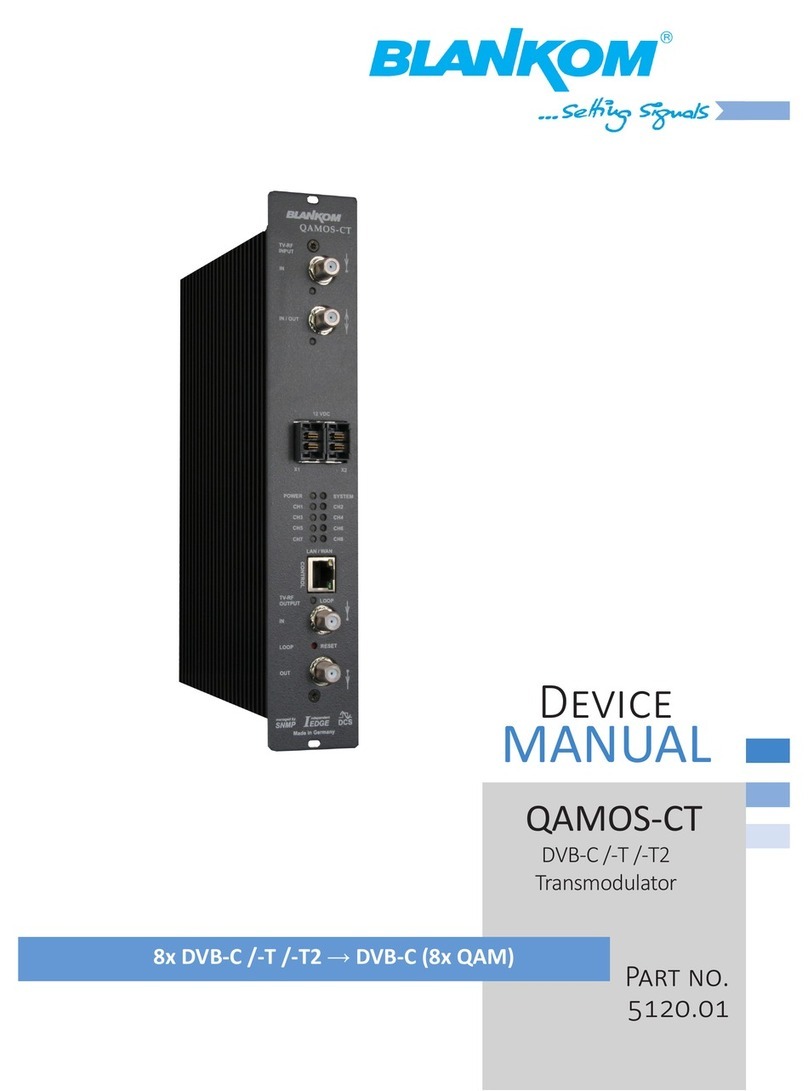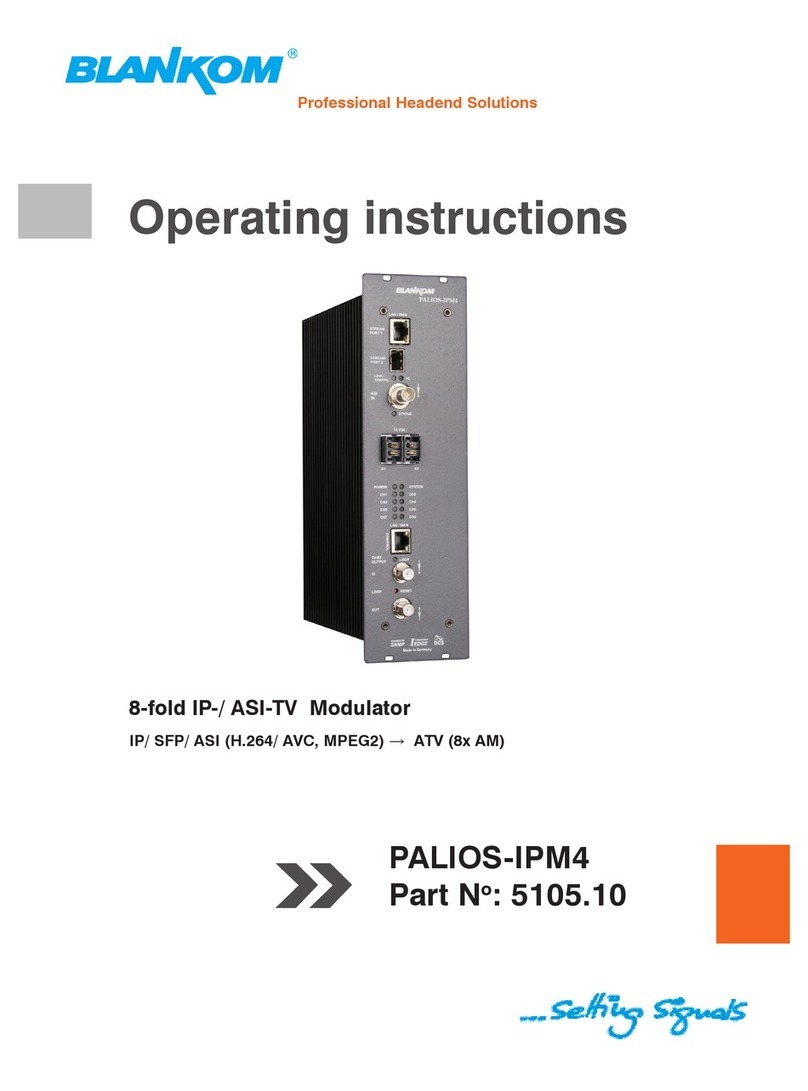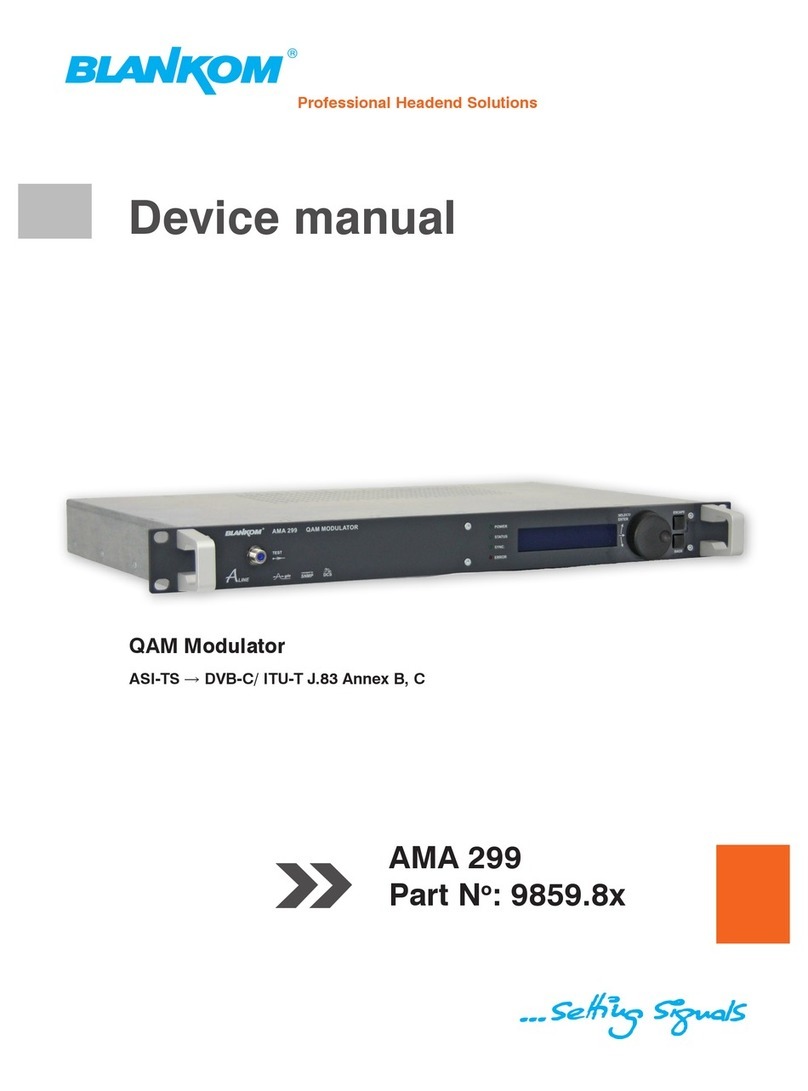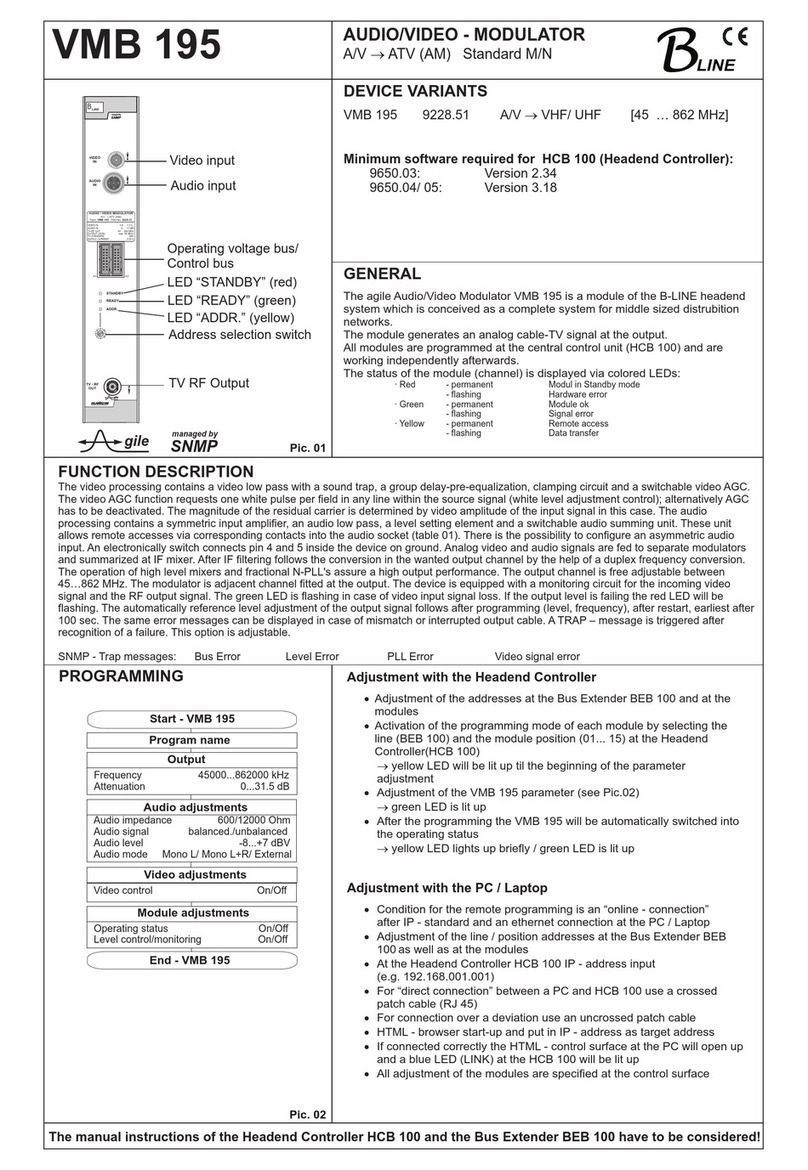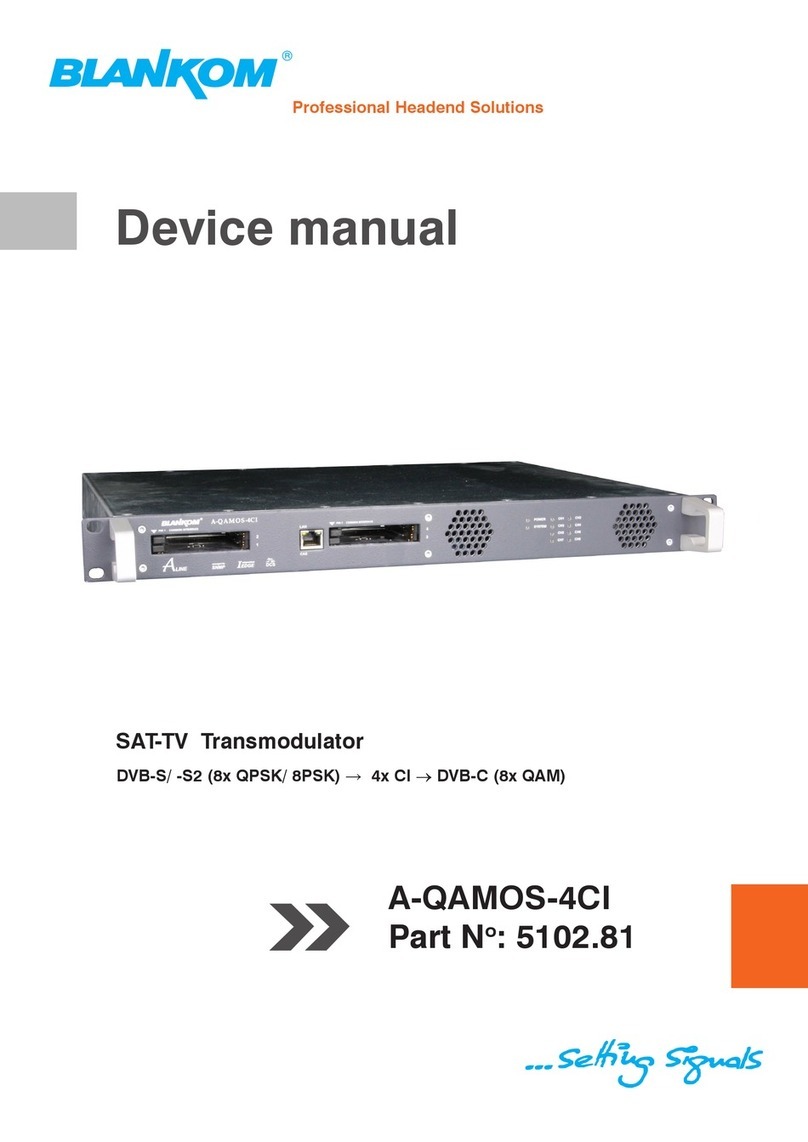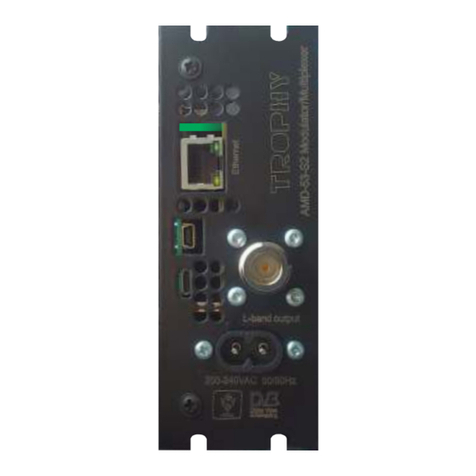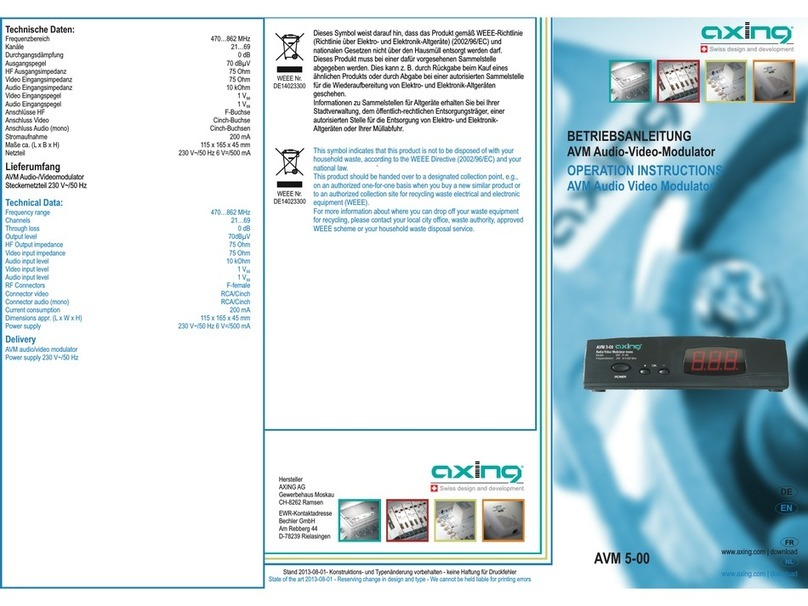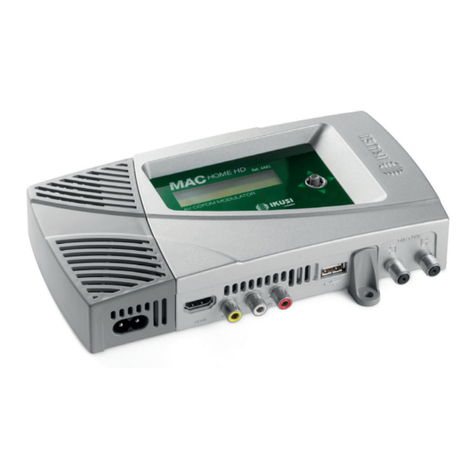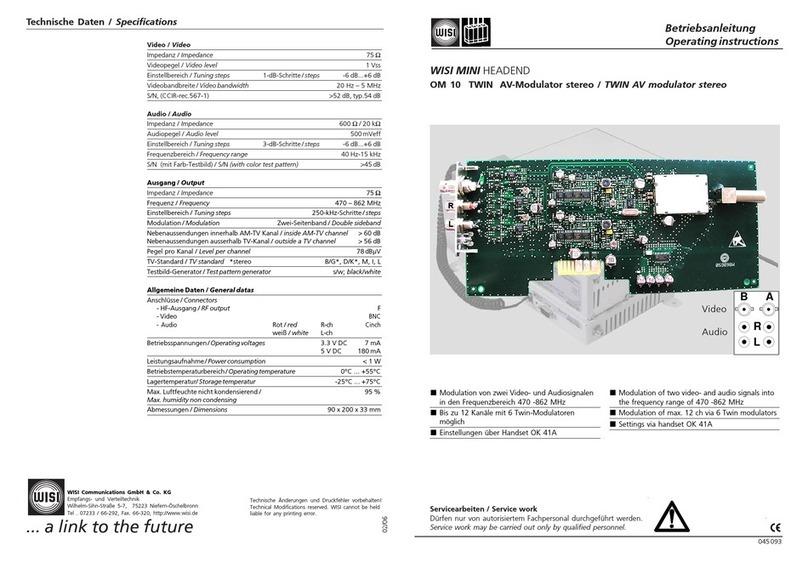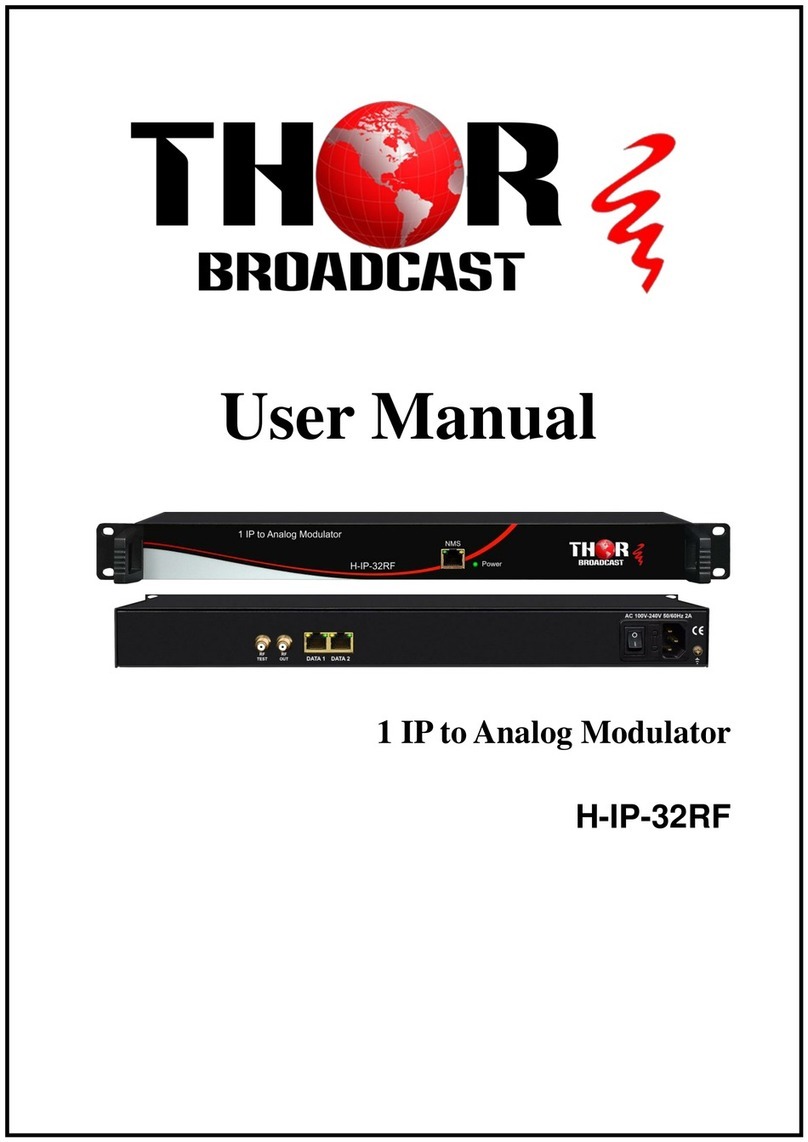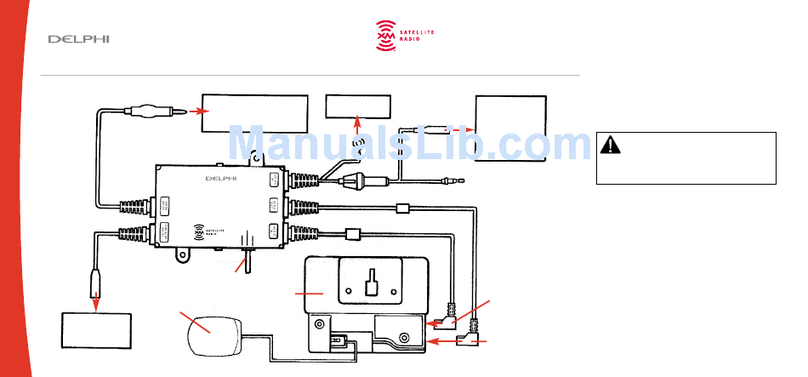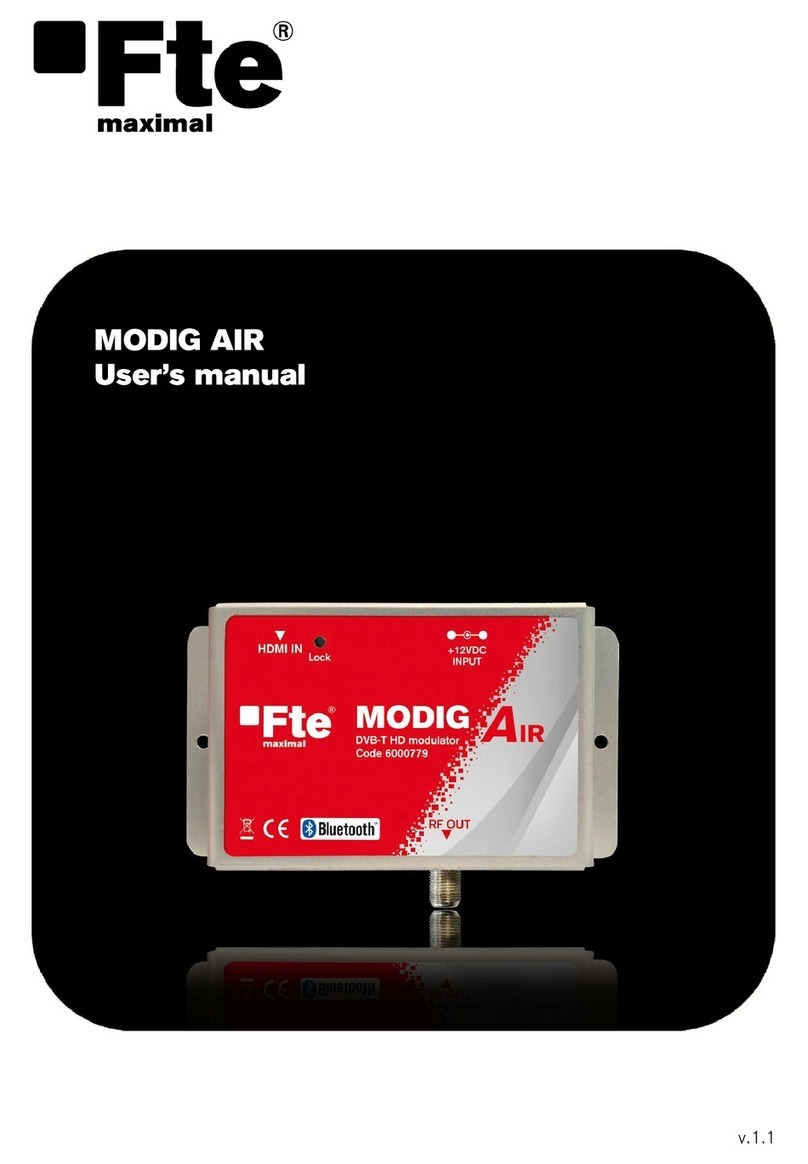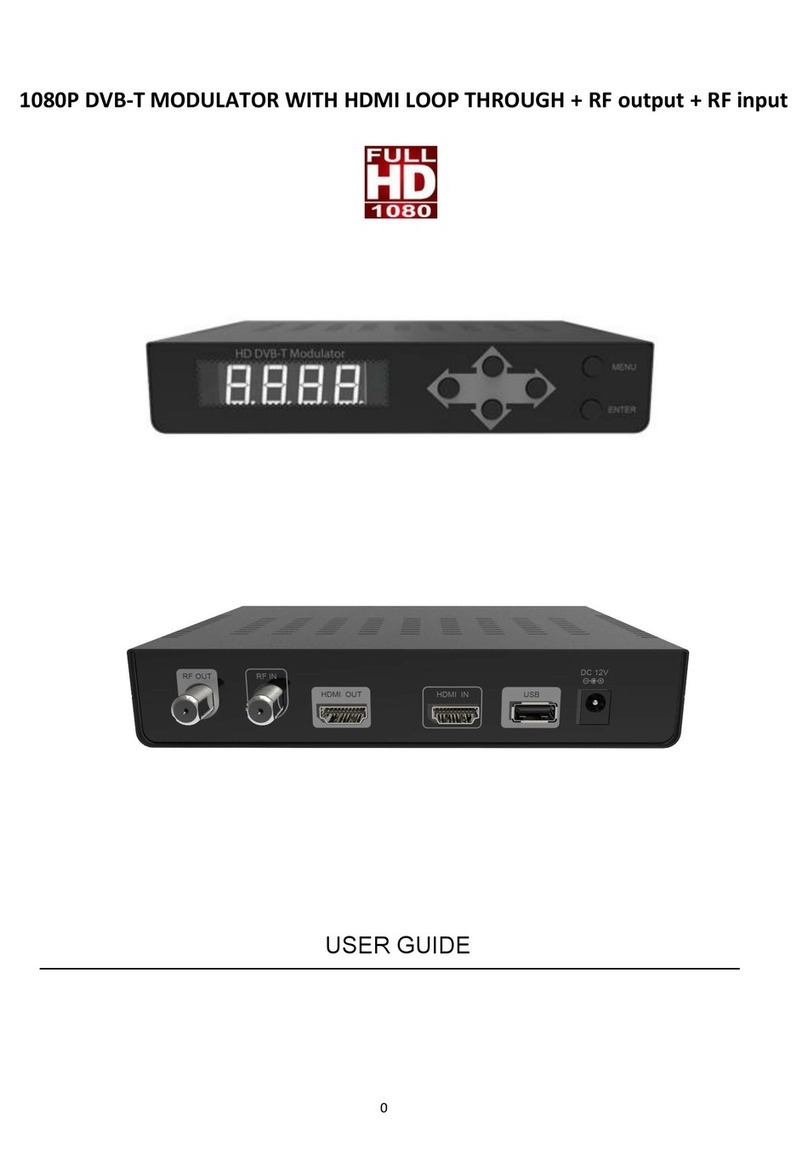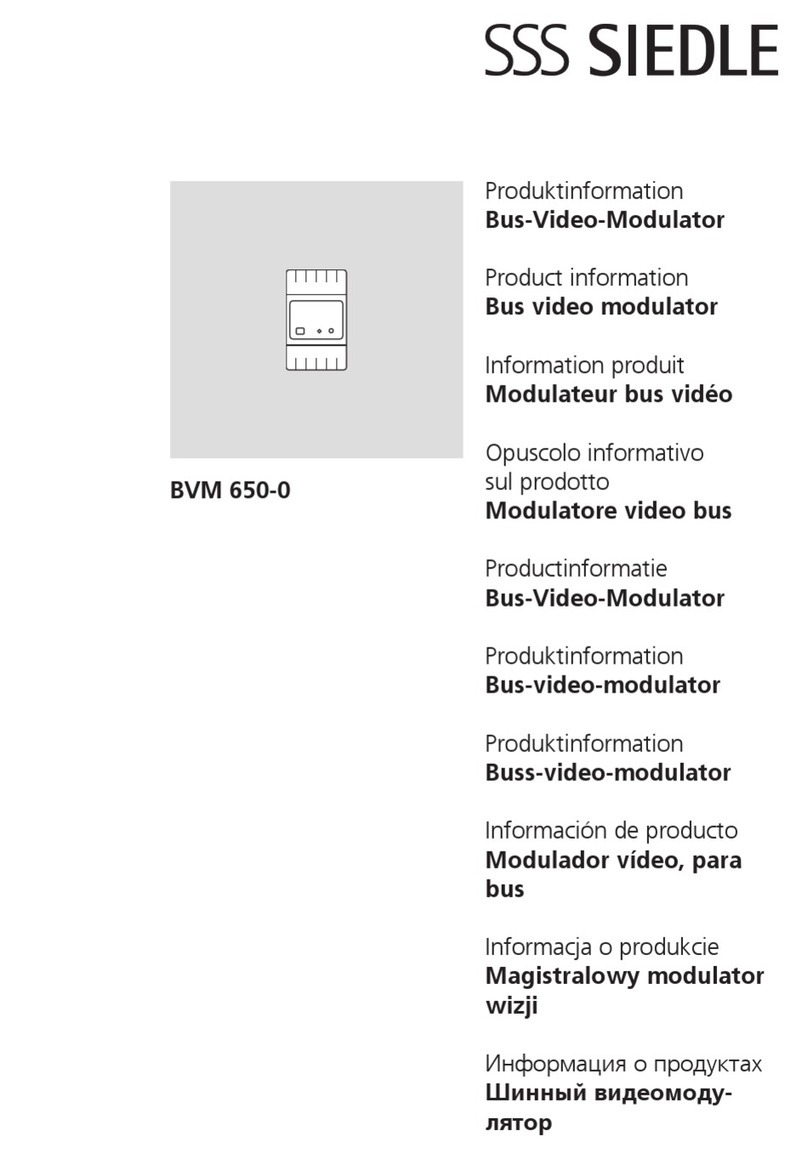
2
A-PALIOS-IPM4
Part No: 5105.43/.82/.83/.85
8-fold IP-/ ASI-TV Modulator
IP/ SFP/ ASI (H.264/ AVC, MPEG2) →ATV (8x AM)
Content
1. Safety and operating instructions ............................................................................................................. 3
2. Device variants .......................................................................................................................................... 3
3. Software options ....................................................................................................................................... 3
4. General...................................................................................................................................................... 3
5. Main features............................................................................................................................................. 3
6. Functional description............................................................................................................................... 3
7. Explanation of the operating elements ..................................................................................................... 4
7.1 Front view...................................................................................................................................... 4
7.2 Meaning of the status LED‘s ......................................................................................................... 4
7.3 Rear view....................................................................................................................................... 4
7.4 Meaning of the LED‘s on rear ....................................................................................................... 5
7.4.1 LED’s at the 10/ 100/ 1000 Mbit stream port 1 .......................................................................... 5
7.4.2 LED’s at the 10/ 100/ 1000 Mbit stream port 2 ......................................................................... 5
7.4.3 Status LED at the ASI socket ..................................................................................................... 5
7.4.4 Status LED at the output coupler............................................................................................... 5
7.4.5 LED‘s at the 10/ 100 Mbit control port ....................................................................................... 5
8. Setting by web interface............................................................................................................................ 6
8.1 Network connection to the computer ........................................................................................... 6
8.2 Setting of individual parameters ................................................................................................... 7
8.2.1 Menu ”Overview” ....................................................................................................................... 8
8.2.2 Menu “IP input” .......................................................................................................................... 9
8.2.2.1 SFP option .............................................................................................................................. 10
8.2.3 Menu ”Program” ........................................................................................................................ 11
8.2.4 Menu ”Settings” ......................................................................................................................... 11
8.2.5 Menu ”Language” ...................................................................................................................... 15
8.2.6 Menu ”Setup”............................................................................................................................. 15
8.2.7 Menu ”Service” .......................................................................................................................... 20
8.2.8 Menu ”Level”.............................................................................................................................. 20
8.2.9 Menu ”Status” ............................................................................................................................ 21
8.2.10Menu„Amplier“ ...................................................................................................................... 21
9. Factory settings......................................................................................................................................... 22
10. Block diagram ........................................................................................................................................ 23
11. Application example................................................................................................................................ 23
12. Technical data ......................................................................................................................................... 24
13. Glossary .................................................................................................................................................. 25
14. Bibliography ............................................................................................................................................ 25
15. Notes on the device software.................................................................................................................. 25
16. Document history.................................................................................................................................... 25
Declaration of conformity........................................................................................................................ 26
